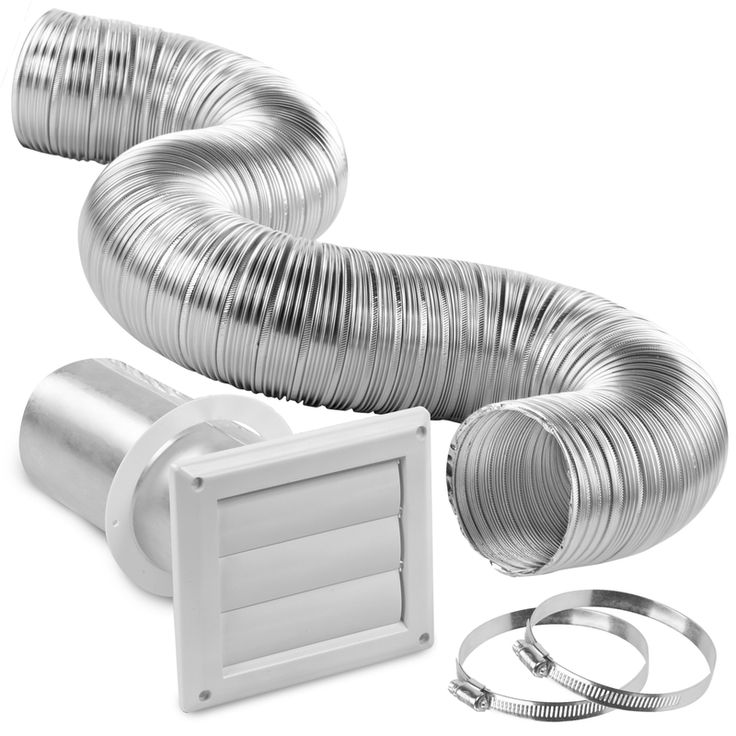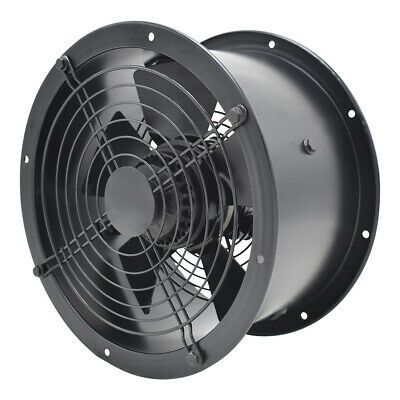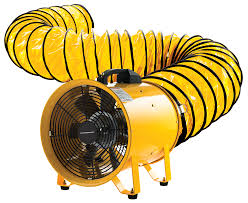What is an extractor fan, and how does it work? An extractor fan is a device designed to remove unwanted air, moisture, and odors from indoor spaces, improving air quality and preventing dampness. It works by drawing air through ducts and expelling it outside, creating a healthier environment.
Why are extractor fans important in bathrooms? Extractor fans in bathrooms help reduce humidity levels, preventing mold growth and maintaining a comfortable atmosphere.
Can I install an extractor fan myself? While some extractor fans are designed for easy DIY installation, it’s recommended to hire a qualified electrician, especially for models requiring electrical work, to ensure safety and compliance with local regulations.
How do I choose the right size extractor fan for my kitchen? To select an appropriate extractor fan for your kitchen, consider the room’s size and the fan’s extraction rate. A higher extraction rate is necessary for larger kitchens or those with high cooking activity.
What is the difference between axial and centrifugal extractor fans? Axial fans move air along the axis of the fan and are suitable for short duct runs, while centrifugal fans are better for longer ducts and higher resistance, offering more powerful airflow.
How can I tell if my bathroom extractor fan is working properly? A simple test involves placing a tissue against the fan grille; if it sticks, the fan is functioning correctly. Regular cleaning and maintenance also ensure optimal performance.
Are there extractor fans suitable for use in shower areas? Yes, extractor fans can be installed in shower areas, provided they have the appropriate IP rating (IPX4 for fixed shower heads and IPX5 for movable ones) to ensure safety.
How loud are extractor fans, and can I find quiet models? Extractor fans vary in noise levels, typically ranging from 35 to 55 dB. For quieter operation, look for models specifically designed for low noise, often labeled as “silent” or “quiet.”
How do I clean and maintain my extractor fan? Regular cleaning involves removing the fan cover and gently washing it with warm, soapy water. Use a soft brush to clean the fan blades, ensuring the fan is unplugged during maintenance.
Can extractor fans help reduce condensation in my home? Yes, extractor fans effectively reduce indoor condensation by removing excess moisture from areas like bathrooms and kitchens, helping to prevent dampness and mold growth.
What is the recommended ducting size for connecting to an extractor fan? Using ducting that matches the fan’s capacity is crucial. Incorrectly sized ducting can increase noise and reduce efficiency. It’s advisable to consult the fan manufacturer’s guidelines for recommended duct sizes.
Are there extractor fans with humidity sensors? Yes, many modern extractor fans come equipped with humidity sensors that activate the fan when humidity levels exceed a set threshold, ensuring optimal moisture control.
Can I use an extractor fan to ventilate my entire house? Extractor fans are designed for localized ventilation, such as bathrooms or kitchens. For whole-house ventilation, consider systems like exhaust fans or HRVs (Heat Recovery Ventilators) that are designed for larger areas.
How do I install an extractor fan in my kitchen? Installing a kitchen extractor fan involves selecting a suitable location near the cooking area, ensuring proper ducting to expel air outside, and connecting the fan to the power supply. It’s recommended to hire a professional for installation to ensure safety and efficiency.
What maintenance does an extractor fan require? Regular maintenance includes cleaning the fan blades and cover to prevent dust buildup, checking for obstructions, and ensuring the fan operates quietly and efficiently.
Can extractor fans be used in commercial settings? Yes, extractor fans are widely used in commercial settings like restaurants, factories, and offices to maintain air quality and remove pollutants. Commercial-grade fans are designed to handle higher volumes of air and continuous operation.
What features should I look for in a bathroom extractor fan? Key features to consider include adequate extraction rate, low noise levels, appropriate IP rating for wet areas, and additional functionalities like humidity sensors or timers.
How do I wire an extractor fan? Wiring an extractor fan involves connecting it to the electrical supply, ensuring correct polarity, and adhering to local electrical codes. It’s essential to hire a qualified electrician for this task to ensure safety and compliance.
Can extractor fans be painted to match my bathroom decor? While it’s possible to paint the exterior of an extractor fan, it’s important to use heat-resistant, non-toxic paint and avoid covering ventilation grilles. Ensure that any modifications do not obstruct airflow or violate warranty terms.
Where can I purchase extractor fans in South Africa? Extractor fans are available at various retailers across South Africa, including hardware stores, home improvement centers, and online platforms. It’s advisable to consult local suppliers for specific models and availability.



